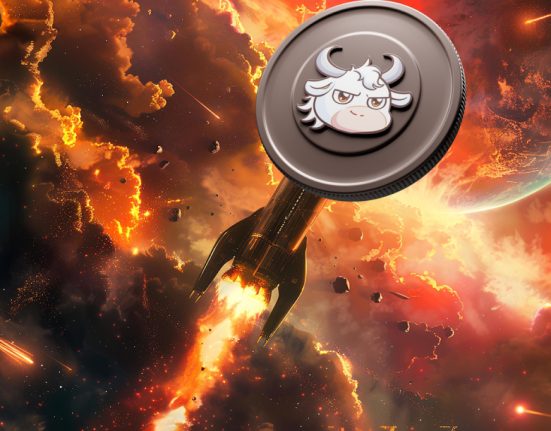The Wall Street Journal claimed that Tether’s USDT stablecoin is not sufficiently backed by reserves, but in response, Tether referred to the allegations as a series of “unsubstantiated conclusions” that sought to “discredit Tether’s work on transparent and honest communications to the public.”
Tether argued that it is contrary to “the longstanding fact that U.S. Treasuries have been the world’s foremost safe asset for the past many decades” to assume that three-month Treasury bills are an unreliable investment.
Tether added that although the equity was never revealed, it is incorrect to believe that its business is unsuccessful because it has been profitable for a number of years.
Unlike the WSJ study, which solely discusses Tether, Tether claims that the reserve margin also applies to other stablecoins.
Tether emphasized that it can easily redeem its issued tokens, valued at approximately US$16 billion, as proof of its financial stability. It claimed that by using short-term commercial paper, it had lessened its risk exposure.
The WSJ alleged last week that Tether had problems with high-risk assets like digital currencies, a small capital cushion, and reserve reports that are infrequent and sparsely detailed.
A complete audit, a move to make Tether’s reserve and financial condition transparent, is still “a few more months away,” according to Paolo Ardoino, chief technical officer.














